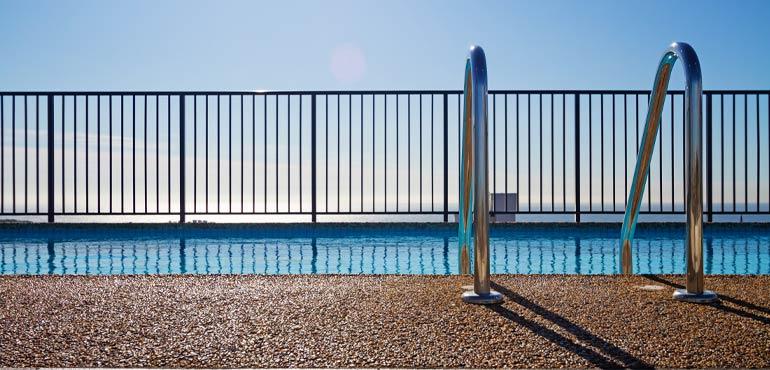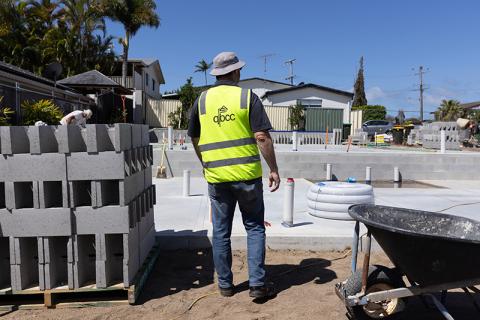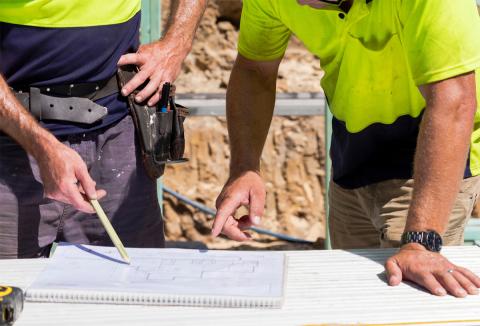The Queensland Building and Construction Commission (QBCC) urges people to check their pool is safe and educate those around them on their pool safety responsibilities, including keeping the pool gate firmly shut at all times.
Pool owners are required by law to ensure their pool is fenced and meets the swimming pool safety standard. The standard covers:
- the required height and strength of fences
- non-climbable zones
- gates and their self-closing and self-latching requirements
- how to prevent direct access from a building into a pool area
- mandatory CPR signage
A swimming pool is defined as an above or belowground structure and includes all temporary pools and spas (including small inflatable pools) that can hold 300mm of water or more.
While active adult supervision is recommended when children are swimming, sadly many young lives are lost each year in drowning related incidents; half of those tragic incidents occurring in backyard swimming pools.
To assist in keeping children safe, the QBCC recommends:
- removing furniture or structures that children may climb to access the pool
- packing away pool toys
- never leaving pool gates open – propped or tied back
- checking the pool fence, gates and access meet safety standards on a regular basis
Additionally, all rented properties with pools are required to have a pool safety certificate. Pool safety certificates can only be issued by QBCC licensed pool safety inspectors – confirming the pool is compliant at the time of inspection.
Pool safety certificates are valid for one year for shared pools and two years for non-shared pools, and are required when buying, selling or leasing a property. If you are not selling, buying or leasing your property your pool barrier still needs to be compliant.
Useful resources
More information on pool safety compliance is on the QBCC website and people can also search the pool register to find out if a pool at a particular address meets safety requirements.
Alternatively, more information can be found via the below resources:



